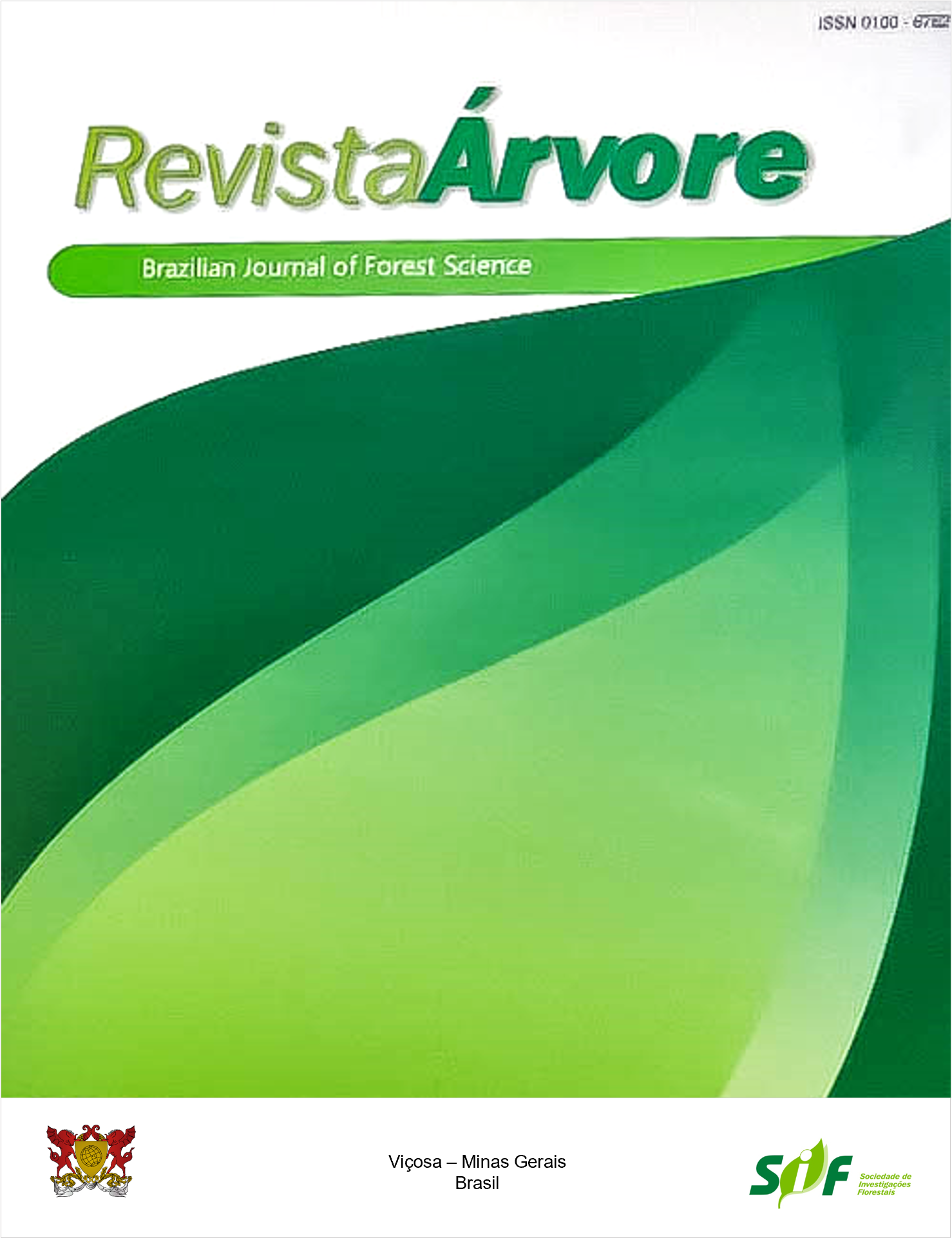IMPACT OF CLIMATE CHANGE ON THE GEOGRAPHICAL DISTRIBUTION OF A CLOUD FOREST INDICATOR TREE SPECIES
Keywords:
Climate variable, Drimys angustifolia, Upper-montane cloud forestAbstract
The cloud forests are threatened due to the climate change process. Investigations seeking to predict how future climate change will affect species are of great importance as they are fundamental to generating conservation strategies. We aimed to detect how climate change affects the potential geographical distribution of Drimys angustifolia Miers, a tree species that is an indicator of the upper-montane cloud forest in the Brazilian subtropical Atlantic Forest. The areas where D. angustifolia occurs were obtained from geographic coordinates available in scientific publications and the Global Biodiversity Information database. For climate niche modeling, we used the maximum entropy algorithm with 19 climate variables. Two climate change scenarios were considered for 2061-2080: one of low and one of high impact. D. angustifolia predominantly occurs in the upper-montane forests and is absent from dry and warm sites. The variables that best explained the D. angustifolia climatic niche were mean temperature of the warmest quarter, precipitation of driest month, and precipitation of the warmest quarter. Both scenarios indicated changes towards a more tropical regional future climate. Under the low impact climate change scenario, D. angustifolia coverage declined by 68.24% (± 7.32%) across its area of potential occurrence; it declined by 79.15% (± 9.65%) under the high impact scenario. In conclusion, the results of the present study showed that D. angustifolia and its associated ecosystem are threatened by the potential impacts of future climate change. Consequently, we highlight climatically stable areas for the occurrence of D. angustifolia, such as those located in the highest parts of the mountain ranges of the southern and southeastern regions of Brazil, which should be considered as priority areas for protection and conservation.
Keywords: Climate variable; Drimys angustifolia; Upper-montane cloud forest
Downloads
Published
How to Cite
Issue
Section
License
All authors agreed to submit the work to Revista Árvore and granted the exclusive license to publish the article. The authors affirm that it is an original work and has not been previously published elsewhere. The scientific content and opinions expressed in the article are the sole responsibility of the authors and reflect their opinions, not necessarily representing the opinions of the editorial board of Revista Árvore or of the Society of Forest Investigations (SIF).




